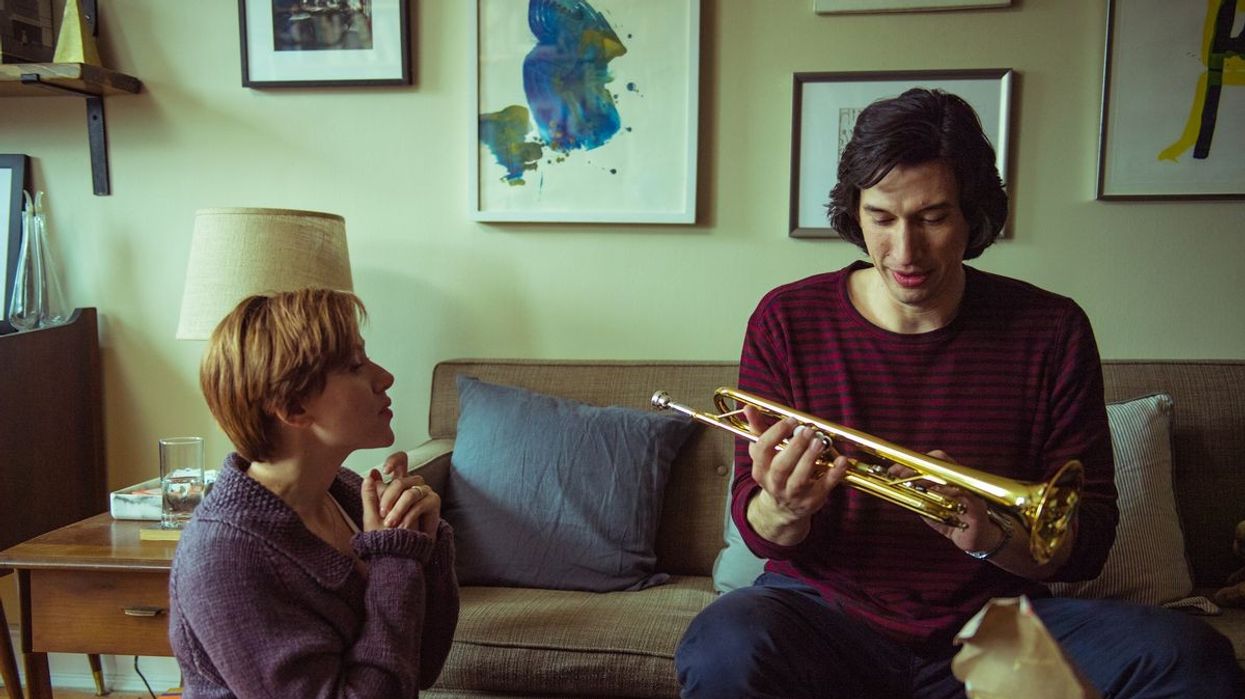What 'Marriage Story' Can Teach You About Writing a Great Opening Scene
The beginning of a screenplay has to do a lot of things at once, from introducing the characters to establishing the story’s tone. Here's how Marriage Story does it so masterfully.

One adage that gets thrown around a lot in the writing community is that your script needs to hook the reader (and later, the audience) within ten pages. That would be within roughly ten minutes into the film, which is generally where a story’s inciting incident falls.
It can be hard to do all of this and still capture the audience's attention. It takes practice. It also helps to examine really strong openings of other films to see how those writers and directors accomplish so much in so little time.
Netflix recently took a look at the opening nine-minute sequence from Marriage Story with writer/director Noah Baumbach. Check their video out below, then see what you can learn from this opening.
What device is used here?
The movie introduces both lead characters using voiceover. Voiceover is when a character or omnipresent narrator speaks over the visuals of a film. It's non-diegetic, meaning the source of the voice/sound is not seen on the screen.
In Marriage Story, each character spends about five pages in voiceover talking about their partner. It's emotional because the characters are open and intimate about what they love about each other. It's also a device that does twice the work of character development. It reveals tiny personality quirks of the voiceover's subject (like that Nicole is always leaving tea around), but it also reveals what the speaker notices in their partner (Charlie finds this humorous).
Baumbach reveals that this back-and-forth actually began as a writing exercise as he was working out the characters. Time you spend digging into your characters' heads is never wasted, and it might be something you end up using.

What about exposition?
This sequence also works to convey exposition in an interesting way. Exposition is background information for characters or their situation. Examples here would be things like learning that Nicole grew up in LA and gave up a film career, and now they work in New York theatre.
Generally, you want to show, not tell your audience things about your characters or story. But because the voiceover is used here, the characters can be direct about their pasts and explain how it now influences their relationship.
Exposition can be visual, as well. The moments in this sequence also tell us about their lives together in New York. They have a son and spend a lot of time with him. They work together. They all get haircuts in the bathroom. Nicole is messy.
Cinematography matters, too
The video points out that Baumbach's films are usually shot rather formally, with static energy. But he chose to shoot the opening handheld to give it motion and make it feel like the audience is with them through these moments.
The film is shot in slightly narrower 1.66 aspect ratio to keep the focus tight and on the faces.

Where's the hook?
Clearly, the audience has learned a lot throughout these scenes and really gotten a picture of two people who care about each other. But that's not enough for a feature-length story.
Then comes page nine in the screenplay. We suddenly learn the characters are in mediation for a divorce, and have been going over their statements about each other.
Baumbach calls this "pulling the rug out from under" the viewer, and it is certainly a big tonal shift from the romance and love of the preceding minutes. The camera is now static. They are framed separately. (Don't be afraid to shock your viewers like this, but be sure it makes sense. Even here, the voiceover becomes organic to the story because they have been reading them for a specific purpose in this setting.)
Overall, this is an excellent example of how to get a lot done in your story in a very short time. Now the audience has everything they need to understand these characters' relationship, and we also have the story's main dramatic question. What will happen to their lives as they go through their breakup? This is what will keep an audience hooked.

What's next? Continue your screenwriting journey!
Learn more about how to use voiceover. Check out how Baumbach crafts dialogue. And if you want to dig even deeper, be sure to read Baumbach's screenplay for Marriage Story.
What are some of your favorite opening sequences from film? Let us know in the comments!
Source: Netflix
















